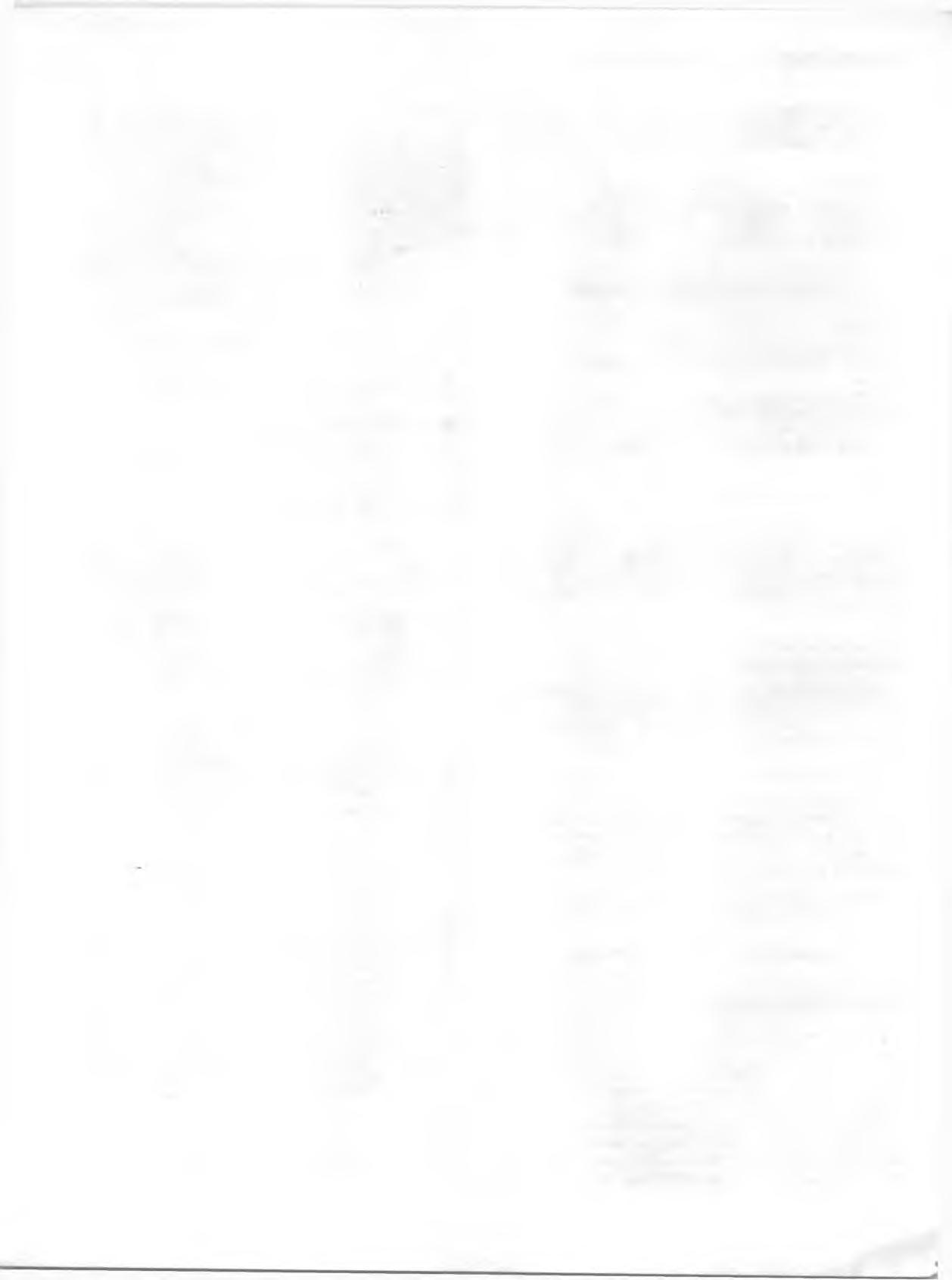
4 minute read
CHASSIS SHEET METAL
Bulb Service
Due to the different types of lamps, there are several different procedures covering bulb replacem ent. The bulb sockets for the parking lamps unsnap and pull out o f the housings. All lamps on the rear of the vehicle have lenses only that are attached directly to the lamp body. To remove the bulb after access has been gained, push bulb in slightly and turn it counterclockwise as far as possible and pull it out o f its socket. To install new bulb, line up pins on sides of bulb w ith the grooves in socket and push in place and turn clockwise to lock it in. Reassemble lamp and be careful o f lamp lens seal (if so equipped).
COOLANT RECOMMENDATIONS
The inhibited year-around engine coolant, used to fill the cooling system at the factory is a high quality solution th at meets General M otors Specification 1899-M. This factory-fill coolant solution is form ulated to w ithstand two full calendar years of norm al operation w ithout draining or adding inhibitors, provided the same concentration o f coolant is added if the system needs additional fluid betw een drain periods. The original factory fill coolant provides freezing protection to -2 0 T . (-32 T . in Canada).
Every tw o years, the coolant system should be serviced as follows: 1. Drain coolant, when h o t, through the radiator drain valve. 2. Close valve and add sufficient plain w ater to fill system. 3. R un engine until norm al operating tem perature is reached. 4. Drain and refill the system as described in steps 1 ,2 , and 3 a sufficient num ber o f times until the drained liquid is colorless. 5. Allow system to drain com pletely and then close radiator drain valve tightly. 6. A dd the necessary am ount o f high quality inhibited glycol base coolant m eeting GM Specification 1899-M to provide the required freezing and corrosion protection (at least to 0 °F.) 7. R un engine until norm al operating tem perature is reached. 8. Check and adjust level o f coolant after system has cooled sufficiently to remove radiator cap.
The freeze protection should be at a level com m ensurate w ith the tem peratures which may occur in the area in which the vehicle will be operated. Regardless o f w hether freezing tem peratures are or are n o t expected, cooling system protection should be m aintained at least to 0°F. to provide adequate corrosion protection and proper tem perature indicating light operation. W ith glycol co n ten t less than requirem ent for 0°F. protection, coolant boil p o int tem perature is reduced. When adding solution due to loss o f coolant for any reason or in areas where tem peratures lower than -20 T . (-32 T . in Canada) may occur, a sufficient am ount o f an ethylene glycol base coolant m eeting GM Specification 1899-M should be used.

NO TE: Alcohol or methanol base coolants or plain water are not recommended for your vehicle at any time.
The coolant level should be approxim ately three inches below bottom o f the filler neck when engine is cold. DO NOT OVERFILL.
C A U T IO N : When the engine is at normal operating temperature or above, the internal pressure built up in the cooling system will blow out scalding fluid and vapors if the radiator cap is suddenly removed. To prevent loss of coolant and to avoid the danger of being burned, the coolant level should be checked or coolant added only when the engine is cool. If the cap must be removed when the engine is hot, place a cloth over the cap and rotate the cap slowly counterclockwise to first stop and allow pressure to escape completely. Then turn cap again slowly counterclockwise to remove.
NOTE: Do not remove the radiator cap when engine is excessively hot, do not put water in an overheated engine, and do not run engine when indicator is above " H " or red indicator light comes on.
Thermostat
The cooling system is protected and controlled by a therm ostat installed in the engine coolant outlet to maintain a satisfactory operating tem perature o f the engine. This therm ostat is designed for continuous use through both w inter and summer and need n o t be changed seasonally.
Radiator Pressure Cap
The radiator cap, a 15-lb. pressure type, m ust be installed tightly, otherwise coolant may be lost and damage to engine may result from overheating. Radiator pressure caps should be checked periodically for proper operation.
FUEL SYSTEM
Inline Filter
Replace entire filter every 24,000 miles.
Fuel Pump
The fuel pum p should be checked regularly to make sure the m ounting bolts and inlet connections are tight.
Carburetor
Tighten the carburetor to m anifold and the m anifold to cylinder head stud nuts to prevent air leaks. Keep the carburetor clean externally and com pletely overhauled at regular intervals.
Carburetor and Throttle Linkage
Lubricate w ith engine oil every 12,000 miles.
Fuel Filter E lem en t-T he gasoline fuel filter elem ent must be replaced in the event o f carburetor flooding. The filter elem ent located in the carburetor inlet is to be replaced every 12 m onths or 12,000 miles, whichever occurs first.





